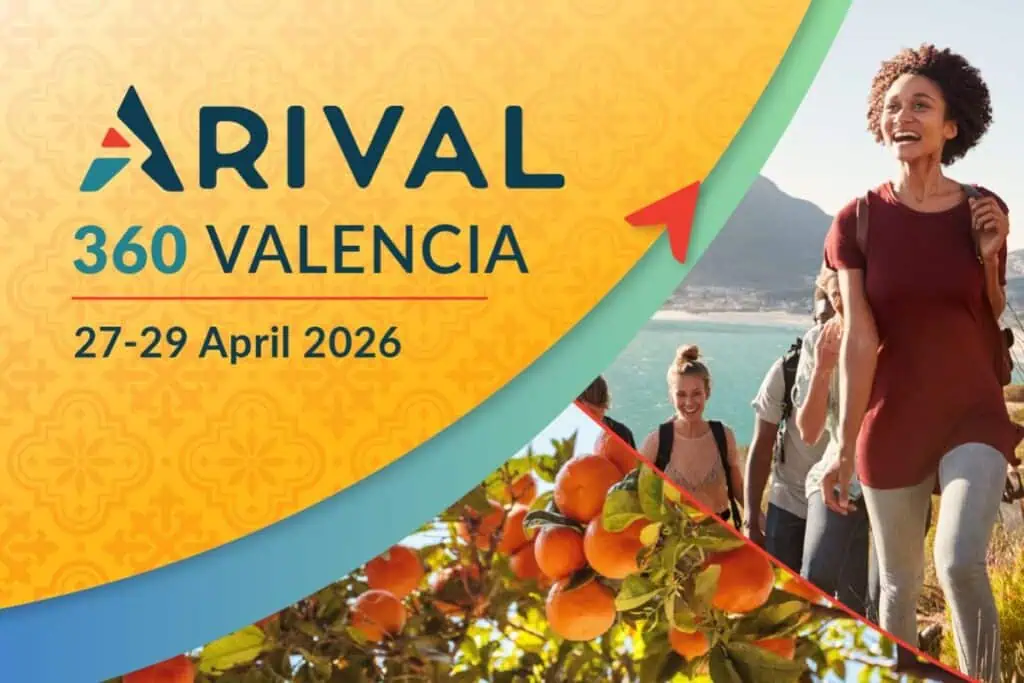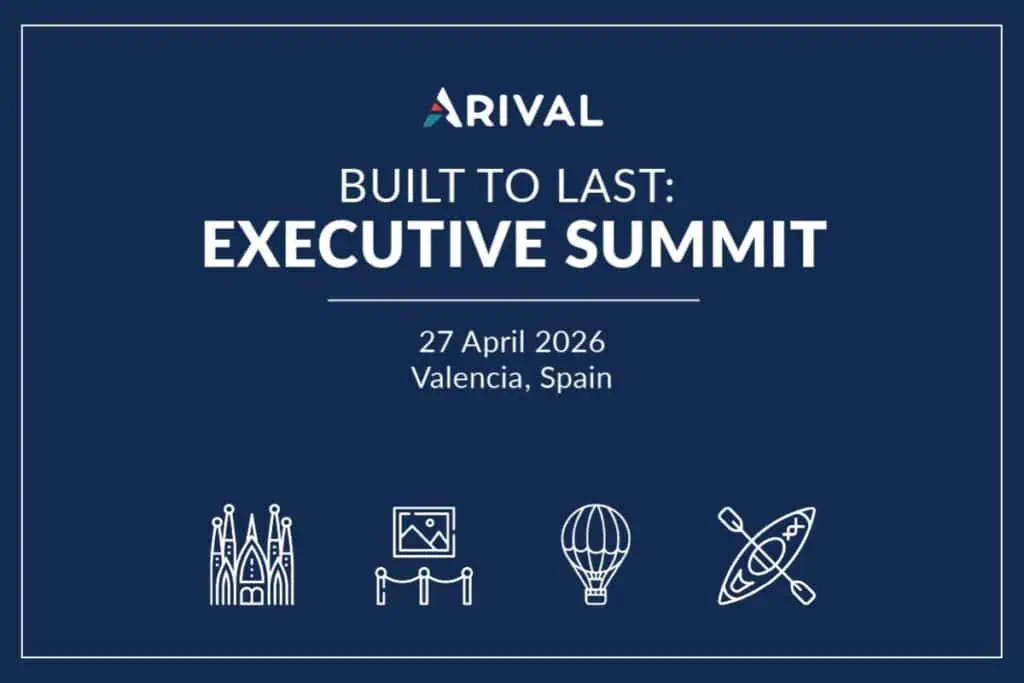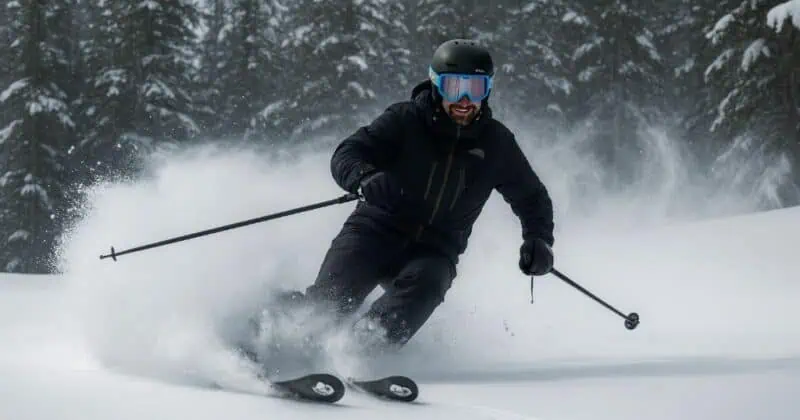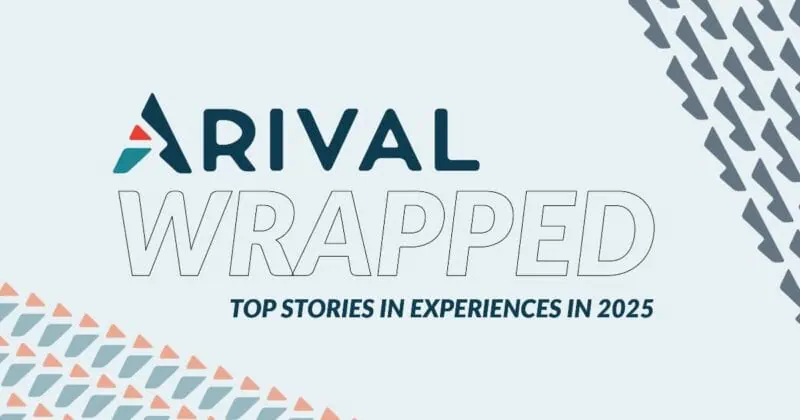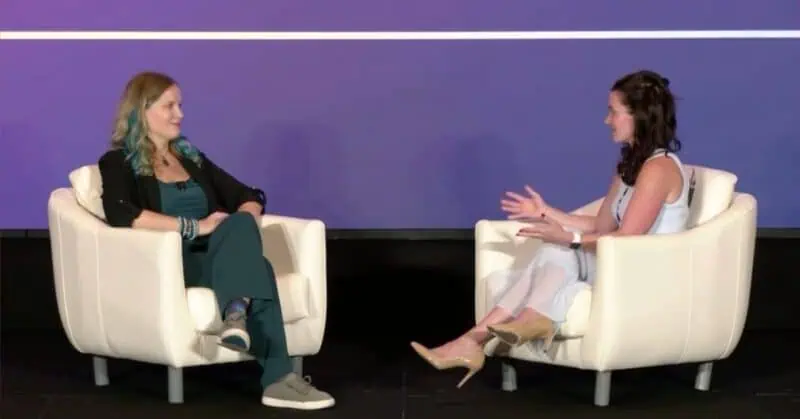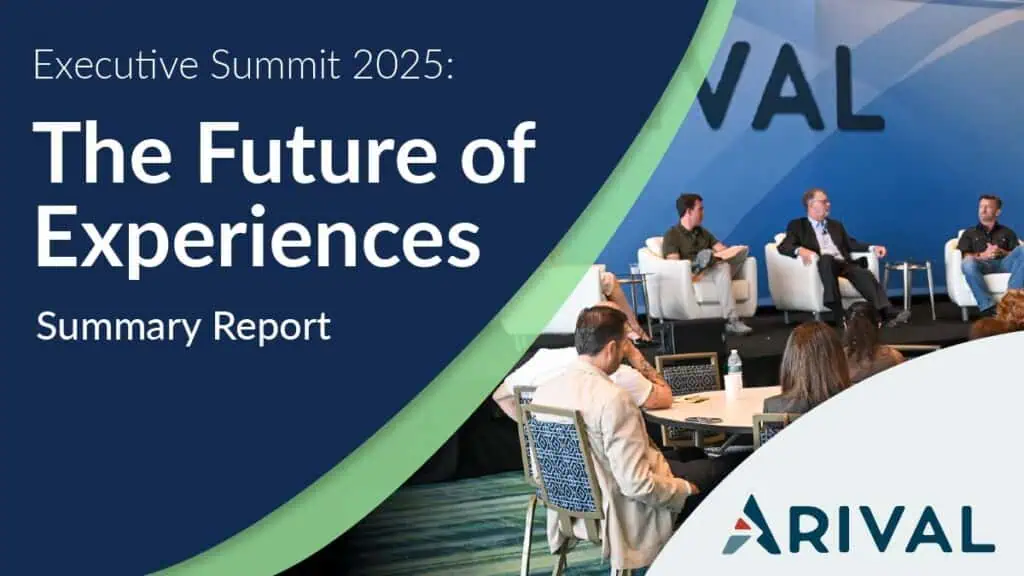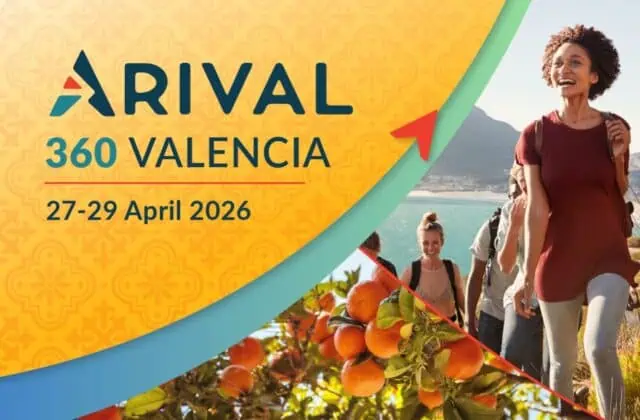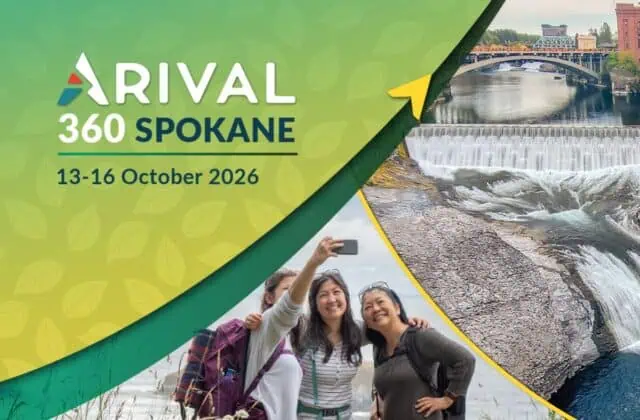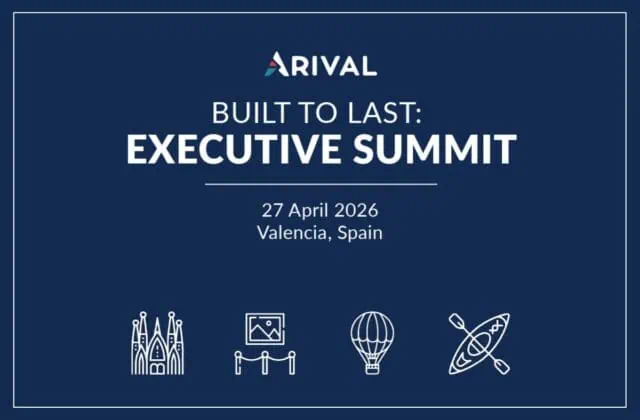Effective advertising is more than spending money—it’s about choosing the right channels, crafting compelling messages, and continuously optimizing for better results.
But where should you invest your efforts? In 2025, AI and new social channels are rapidly changing how we think about digital marketing. Even paying for online ads or appearing on the first page of search engine results is no guarantee. Knowing the difference between wasted spend and a thriving strategy is more critical than ever.
For this guide, we spoke with Nate Andrew, Managing Director at Blend Marketing, to discuss six practical advertising approaches tailored to tour and activity operators. These simple strategies and tactics can empower you to attract more customers, increase bookings, and build a recognizable brand in your destination.
6 Effective Tour Operator Advertising Approaches
1. Social Media Marketing
Social media should be your priority in 2025. As a tour or activity operator, it is your opportunity to connect directly with potential travelers and showcase your business’ unique experiences with short, compelling storytelling techniques. It also allows more flexibility in your spending and scheduling, whether you are doing it on your own or working with a marketing agency.
Here are some best practices by platform:
Facebook and Instagram
Both platforms still have the broadest reach based on the sheer volume of users. They are both great for showcasing different tour highlights, running retargeting campaigns for visitors who browsed but didn’t book, and posting user-generated content to build credibility.
- Carousel and video ads are a natural fit for tours and activities. Use them as a way to showcase the highlights of your tour, as well as customer testimonials.
- Get to know Meta’s retargeting tools to help you identify audiences that viewed your ad but that didn’t turn into bookings. You can use the insights to help you decide when to run limited-time promos and discounts to try to reengage people.
- Show real customers taking your tours and activities to boost trust. When you show real stories from real people, like a review, you boost credibility. Just remember to always let your guests know you are filming or taking pictures, and get their permission before posting.
Learn more about growing your Instagram here.
YouTube
Short-form videos may be what everyone is focused on right now, but longer-form content still plays a major role in travel discovery. Many creators, like Jessica Dante of Love and London, have built their brands on in-depth, 10-minute videos that provide valuable insights travelers seek when planning a trip.
By aligning your organic video content with your ad strategy, you can guide high-intent viewers from inspiration to action, ensuring your videos work together to drive bookings.
- Try experimenting with ad formats such as skippable ads and discovery ads. For awareness and consideration campaigns, users have to show higher intent. You pay when the user watches the video for at least 30 seconds (skippable in-stream ads) or they click to watch your ad.
- Hook someone immediately by integrating your most important idea right away. The first 5 seconds of your video ad are crucial for grabbing attention.
People go to Pinterest to get inspired and make decisions about all aspects of their life. As a visual discovery platform, this is a great place to try out more creative ways of marketing your tours and activities.
- Gen Z loves experiential tours. They also love Pinterest. As you think about how to attract new (or retarget existing) audiences, be sure this traveler group is top of mind when you are considering Pinterest ads.
- Try Idea ads to start. You can seamlessly link to your website in a highly visual way.
- Make your visuals the main event, no matter the ad format. Use text sparingly.
- Start with remarketing and search campaigns focused on keywords like “things to do in _____” or “vacation ideas _____.”
TikTok
TikTok users scroll quickly, engaging with content that feels authentic, entertaining, and informative. Ads that mimic organic content—especially those featuring trusted creators—are more likely to capture attention and drive action. SPARK Ads, which allow brands to amplify influencer content, are a powerful way to blend seamlessly into the platform’s native experience while benefiting from the creator’s built-in trust and audience engagement.
To maximize impact, consider these best practices:
- Partner with strong storytellers. Work with influencers who can naturally communicate your core value propositions in a way that resonates with their audience.
- Ensure audience alignment. Choose creators whose followers overlap with your target audience to improve ad relevance and engagement.
- Negotiate content usage rights. Select influencers who are open to letting you boost their video through SPARK placements on TikTok or repurpose their content for ads across multiple channels.
- Make it feel native. Prioritize videos that match the style and pacing of organic TikTok content, avoiding overly polished or sales-heavy messaging.
Honorable mention: Reddit
“Open up Google and type in a term you care about for your business like “things to do for kids in _____” or “date night ideas in ____” and so on,” Andrew recommends. “My guess is that you’ll see Reddit on page one. This alone is evidence that testing remarketing at a minimum on Reddit is worth it.”
Expert take:
“We could talk for a long time about fancy targeting techniques, the pros and cons of each social platform, and best practices for balancing your ad spend, but really the magic of social advertising ultimately lies in the combination of three things,” says Andrew.
- Send strong data signals back to your ad platform. For Meta, as an example, this typically means a 6/10 or higher quality score on key events in Events Manager and requires conversions API setup.
- Invest in compelling ad creative. Ads must cut through the noise by resonating with your target customer.
- Make a strong connection to your landing page and product. Your landing page (and product) should reinforce the messaging in your ad to support conversions.
Do you need a deeper dive into social media and how to set up your playbook for success? Check out The Ultimate Social Media Guide for Tour Operators.
27-29 April 2026
Insider Pro Access Members Save 20%
THE event of the year for the European in-destination experiences industry
Save up to €730 with a Holiday Savings Ticket!
2. Search Engine Marketing (SEM)
Search Engine Marketing (SEM) is still one of the most effective ways to ensure your tours and activities appear at the top of search results when travelers are actively searching for experiences. It combines paid advertising (PPC) through platforms like Google Ads and Bing Ads with organic SEO efforts to maximize visibility and attract high-intent customers.
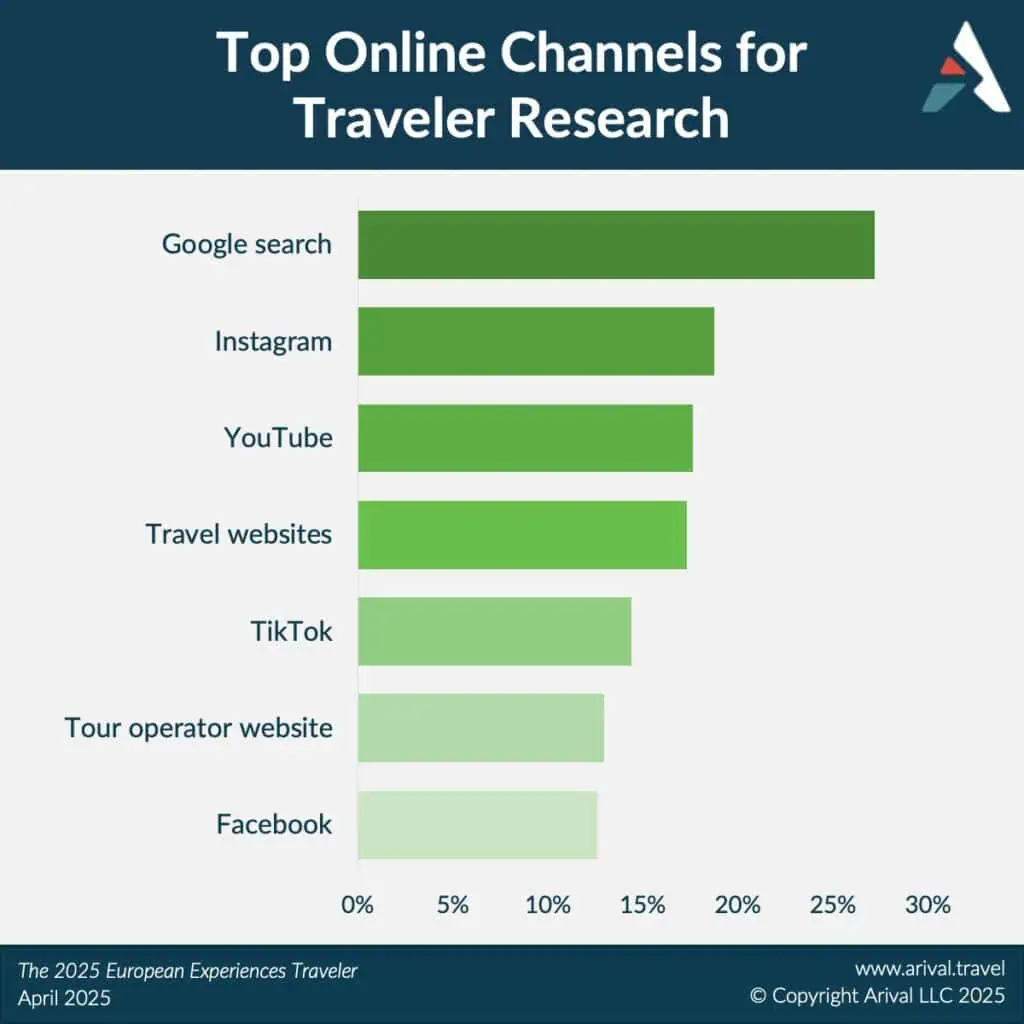
Google Ads & Bing Ads: How to Optimize Your Campaigns
Paid search ads allow tour operators to bid on relevant keywords, such as “best walking tour in New Orleans” or “Paris food tour near me.” When someone searches for these terms, your ad appears at the top of the search results, increasing the likelihood of a click and conversion.
To make the most of your SEM investment:
- Target high-intent keywords. Focus on specific, transactional queries like “book a [tour type] in [destination]” rather than broad, competitive terms.
- Use ad extensions. Enhance visibility by adding site links, callouts, and structured snippets to your ads.
- Optimize landing pages. Ensure your ads lead to pages that match search intent, load quickly, and make it easy to book.
- Leverage remarketing. Retarget users who have visited your site but haven’t booked yet. Strategically offering a limited-time discount to users who previously engaged with your ads but didn’t book can help re-engage them and drive conversions.
Balancing Paid & Organic Search Strategies
While paid search ads quickly drive traffic, a well-rounded SEM strategy also includes organic SEO efforts. Investing in high-quality content and optimizing website structure helps operators rank for key terms without relying solely on paid ads, reducing acquisition costs over time.
- Invest in SEO. Optimize your website with destination-specific keywords, high-quality content, and technical improvements to rank organically over time.
- Monitor OTA competition. OTAs often bid on tour operator brand names, increasing costs and competition. Stay vigilant to avoid unnecessary ad spend.
- Test and scale smartly. Start with smaller, targeted campaigns, identify what works, and gradually expand your investment. A/B testing different ad creatives and bidding strategies is a great best practice for optimizing search engine marketing campaigns.
Expert take:
When asked about how to approach SEM with a lean budget, Andrew admits there’s no silver bullet. “If your budget is low, focus on search terms with demand (people are searching for them), low organic visibility (you don’t rank high), high conversion potential (your page converts well for existing traffic), and affordability (your cost per click justifies the expected conversion rate).”
He suggests thinking of it as a Venn diagram. “If you can start by living in the intersection of these four things, you should find some areas where you can compete with bigger companies,” Andrew notes. “A lot of times it’s the longer tail search queries where you can win—but those require some digging to uncover.”

Other tips:
- Google the name of your company. Does a search ad from one of your OTA partners show up? If so, ask your OTA partner not to advertise on your brand name. They’ll typically oblige.”
- Adopt a “land and expand” mindset. Find wins through testing, and look to scale up your investment in those wins.
- Don’t ignore Google Travel (things to do) placements. These continue to be crucial in competitive markets. Depending on your budget and where you’re located, you may find it challenging to compete with OTAs, but it’s typically worth a try. Learn more about marketing with Google Things to do here.
3. Content Marketing
We hear a lot about “content marketing” and what it can do for helping tour operators build awareness and drive conversions.
Content marketing supports SEO and social media efforts, making it a crucial piece of any tour operator’s marketing strategy. And a strong content marketing strategy also builds brand authority and drives organic traffic and conversions. High-quality, informative content can hook potential customers and encourage them to book.
The challenge? It’s how you create thoughtful content that can be used, and reused, across your distribution channels.
When you are generating ideas and creating content, these are still the most crucial content types to get right.
Video content
Short-form video is putting more established forms of digital marketing, from Facebook to Google Search, on notice. Always ensure the videos that you create are ready to be used on your website, as well as reels and stories for platforms like Facebook, Instagram, and TikTok. (That means you need to be sure you can edit them into vertical assets.)
Evergreen content
Evergreen content that can be used to attract new customers isn’t just for SEO. Creating thoughtful local travel guides, maps, and itinerary suggestions (both digital and print) are a heavier lift but can pay off for building brand loyalty and drumming up business. Partnering with other operators and businesses in your destination is a great way to get the most out of your distribution strategy. Try tools such as Canva for a DIY, lower-cost approach.
User-generated content (UGC)
Your best content marketers are your past customers. In a recent interview with NaviSavi founder, Sally Bunnel, she discusses the importance of celebrating real people in your content over the highly produced influencer content. “The difference between influencer-led content versus UGC that is getting clickthroughs,” observes Bunnel, is UGC “feels casual and comfortable and your friends and family when they’re posting that you’re more likely to see something from their channels.”
Expert take
Storytelling comes in many forms, but ultimately your content strategy should be guided by keywords and customer intent.
“Tthink about what you want to rank for — and then get more specific,” Andrew recommends. “For example, if you’re an operator in Nashville, TN, you’re going to have a hard time ranking on page one for ‘Things To Do in Nashville.’ But you do have a shot at ranking for ‘Things To Do in Nashville For Kids’ or ‘Things To Do in Nashville at Night.’ You want to build your content strategy around these more specific commercial intent terms.”

4. Customer Engagement and Reviews
Your reputation is everything. Before booking, travelers rely on customer reviews to gauge trust and quality. It’s also still the best form of free advertising there is in the digital world making it an essential part of your travel marketing strategy. Encouraging positive customer reviews not only builds credibility but also directly impacts bookings.
Encourage customers to leave reviews
Ask them to leave their thoughts on Google, TripAdvisor, and other OTA platforms by sending follow-up emails after a tour. Provide guidance on what feedback you are looking for in a way that evokes details and unique takeaways. Ask what was memorable about the tour, or how the guide interacted with them as examples.
Respond to reviews
Be ready to reply to both positive and negative user reviews—and do so professionally and thoughtfully. It can be hard to receive a negative review, but try to put yourself in the shoes of the traveler by responding with language like “We appreciate your feedback and will share this with our team so we can continue to learn and improve.” For ones that may require more information to understand what didn’t go well, extend an email they can reach you on to discuss further.
Feature top reviews
Celebrate your praise in your ads, social media posts, and website. Try to stay current and post timely reviews.

Expert take
When it comes to encouraging and responding to reviews, it can feel like a full-time job. So consider that. “Make it part of someone’s job description,” Andrew suggests. “Find someone on your team who’s passionate about social media, and find a way to incentivize that person to get people sharing and posting about their experiences.”
For more techniques and tips on reputation management, responding to feedback, and getting more of those coveted rating stars, check out this Arival Insider Pro session on Five Star Strategies: Maximizing the Impact of Customer Reviews and this article on Turning Negative Reviews into Opportunities.
5. Personalization and Targeted Marketing
More than ever before, consumers expect tailored experiences, and personalized marketing can significantly improve engagement and conversions. Just be sure you have your reporting and analytics set up correctly so you can use data-driven insights to help.
- Segment your audience based on demographics, interests, and past bookings to create targeted campaigns.
- Use automated email marketing to send personalized recommendations, follow-ups, and special discounts.
- Leverage analytics tools to refine targeting and improve ad performance.
- Experiment with travel agency ads to reach travelers already engaged with trip-planning services, making your product feel like a natural extension of their research process.
Expert take
Don’t skip the analytics step. It’s good practice to keep regular tabs on how well your marketing efforts are doing, and adjust your strategy accordingly. Check out this Arival session from Blend Marketing on measurement and reporting.
Also, keep in mind that some channels will be more difficult to measure — check out this discussion of how to measure engagement, or “influence,” with travel influencer Ravi Roth.
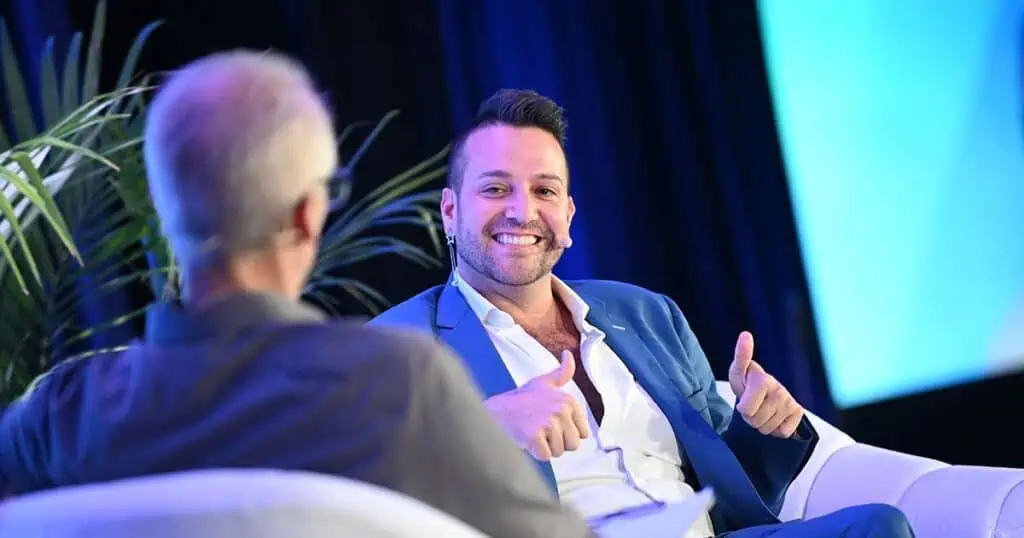
6. Online Presence and Branding
Investing in a strong online brand presence ensures you stand out in the crowded landscape of travel companies advertising their experiences. A well-optimized website, engaging social media, and effective ad placements all contribute to increased visibility and trust.
- Website Optimization: Ensure your site is mobile-friendly, fast, and easy to navigate.
- Brand Consistency: Maintain a cohesive look and message across all marketing channels.
- Online Booking System: Make booking seamless with an integrated reservation system. Here is a roundup of the best tour operator–friendly software for those looking to get started, or change things up.
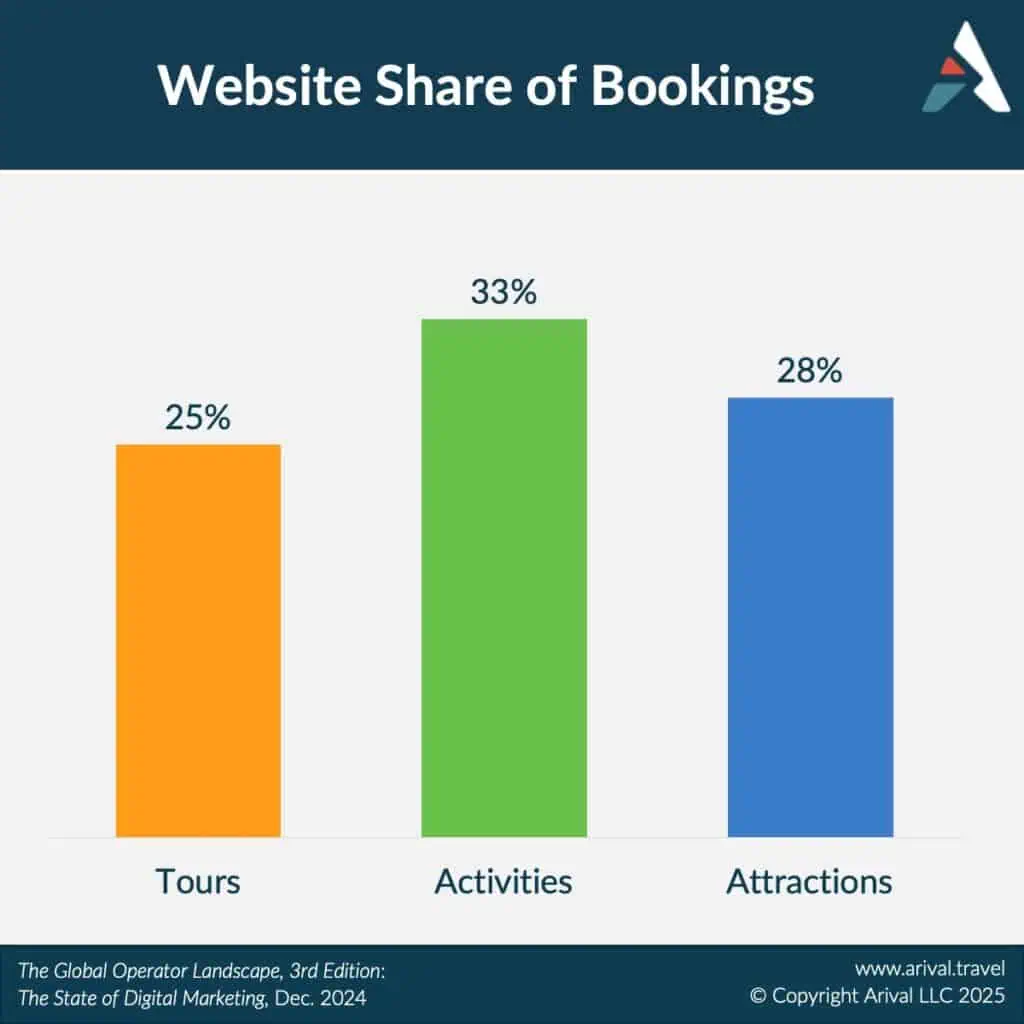
On average, operators get between ¼ and ⅓ of their sales through direct online website bookings, according to Arival research on the Global Operator Landscape. For operators with a strong, successful online presence, the share of direct bookings can be even higher.
Expert Take: A polished and well-designed website can increase credibility, and the successful integration of your website, branding, social media, advertising and online booking system can have a significant impact on your bottom line and and bring in more direct bookings.

13-16 Oct 2026
Insider Pro Access Members Save 20%
THE event of the year for creators and sellers of destination experiences to connect, learn & grow.
Get YourSuper Early Bird Ticket Through 13 January!
How to Diversify with Multiple Marketing Channels
Relying on a single advertising method limits your reach. A successful advertising strategy should integrate multiple distribution channels, ensuring each touchpoint—whether it’s organic search, paid ads, or social media—works together to guide travelers toward booking.
- OTAs and third-party aggregators: Partnering with online travel agencies (OTAs) like Viator and GetYourGuide can help increase exposure and attract international customers. Learn more about how you can optimize your OTA marketing to increase bookings and revenue.
- Email marketing: Encourage travelers to sign up for exclusive offers and updates about new tours and activities. Using automated email sequences, you can follow up with potential customers who browsed your tours or activities but didn’t book, offering them relevant recommendations and limited-time promotions.”
- Partnerships: Collaborate with hotels, local influencers, and travel bloggers to reach a wider audience. Working with travel agents is also a great way to broaden your reach and network.
Do you work with a marketing agency (or should you)? If the above points are sounding overwhelming or like more than you can handle, consider partnering with a marketing agency. There are many marketing agencies out there that specialize in the tours, activities and attractions sector — explore the best Marketing Agencies for Tour Operators to scale your advertising efforts.
The Importance of Strategic Planning and Marketing
Without a solid strategy, advertising efforts can become scattered and ineffective. To maximize your return on investment:
- Define clear marketing goals. Are you looking to increase website traffic, grow social media followers, or boost bookings?
- Understand your target audience. Identify your ideal customer and tailor your messaging accordingly.
- Track performance metrics. Use Google Analytics, social media insights, and booking data to measure success and adjust campaigns as needed.
Staying ahead of trends and refining your tour operator marketing strategy will keep you competitive in an ever-changing landscape. Check out Arival’s report on The State of Digital Marketing and review the latest Arival | Elevate online session featuring Blend’s Nate Andrew, Digital Marketing in 2025: The Future of Search, to learn more.

About the Author

Kate Cornell is an editorial and digital strategist with many years of experience in the experiences sector of travel, and has spoken at Arival on the topics of writing tour descriptions, and the “content conundrum.” She has led global editorial teams for travel brands including Viator and Tripadvisor, helped build startups such as TourismSolved, and worked behind the scenes as a content consultant for leading travel and luxury brands.
Your Next Steps to Advertising Success
Ready to take your marketing efforts to the next level? Get the full Arival experience by joining us in person at an upcoming Arival event, and hear the latest research insights and tips on digital marketing for the experiences sector directly from tours, activities and attractions industry leaders and experts.
Arival Insider Pro Access members can also check out our library of research and extensive collection of on-demand sessions, and register for future online Insider Pro Meetups and Elevate sessions.
Become an Insider Pro Access member today and get access to the full library of Arival research, plus many other benefits such as free consulting sessions, special discounts and 20% off in-person events, starting from $179 per year.
Sign up to receive insights tailored for the in-destination industry as well as updates on Arival.
Header photo: Unsplash / Georgia de Lotz



